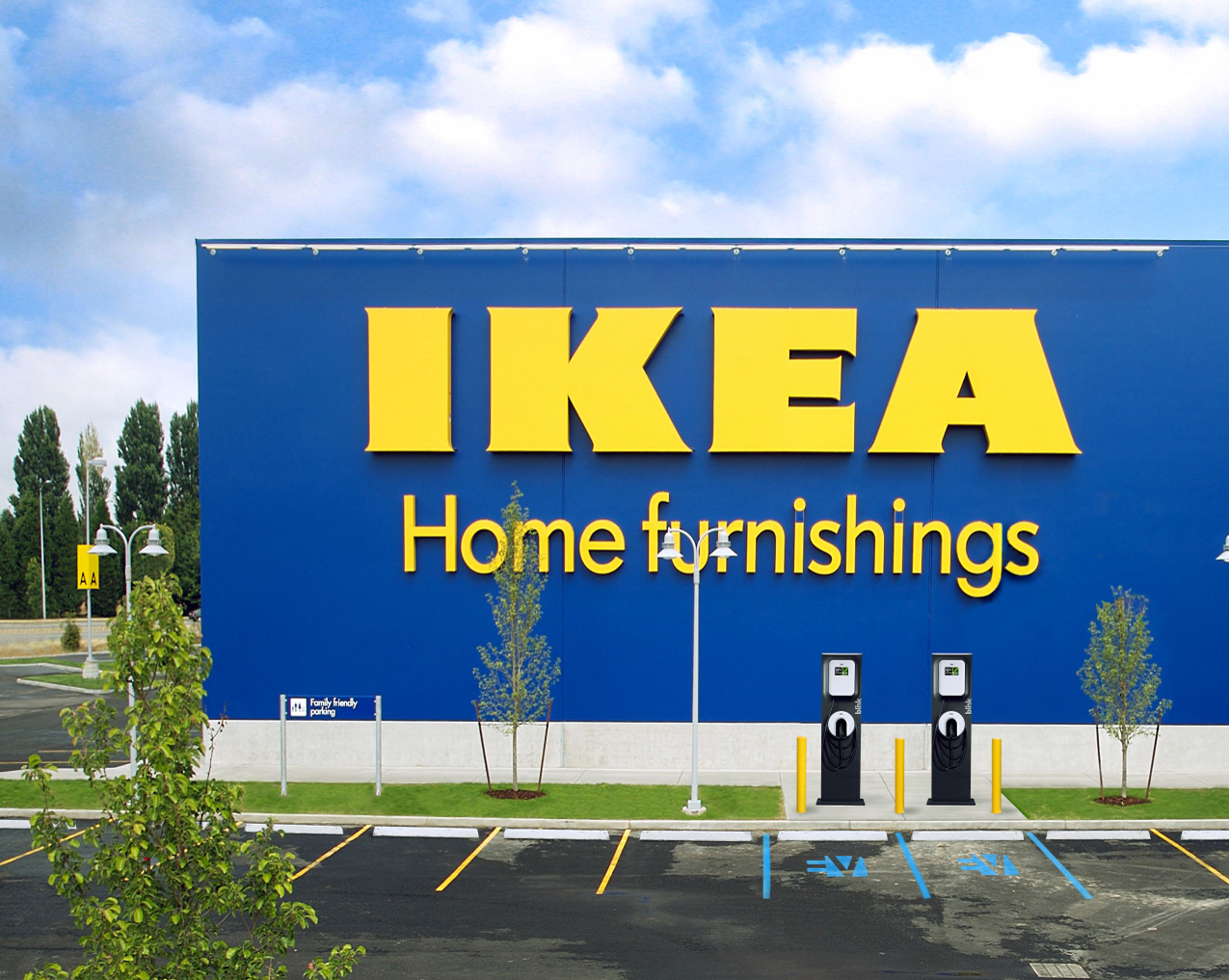Electric vehicles: a boon for retailers?


There are comparatively few electric vehicles on the road, but researchers are beginning to uncover consumer behavior trends that could influence everything from how utilities charge for electricity to where and how people shop.
Electric vehicle charger maker ECOtality has learned that electric vehicle (EV) owners spend significantly more time in stores than typical customers when charging at those locations. It has installed chargers at retailers including IKEA, Kohls, Cracker Barrel, and Fred Meyer under a grant from the Department of Energy (DOE).
"We are in the process of vetting information from retailers," said ECOtality's chief innovation officer Don Karner. There is an opportunity for retailers to push information to users on sales when they plug in outside of the store, and retailers are finding that EV owners are more affluent buyers, he added.
It will be interesting to know whether EVs will draw consumers toward the all-in-one megastore, small town municipal lots for stroll down Main Street, or both. Charging will be faster as battery technology improves, but likely will never be a quick as pumping a tank full of gas.
ECOtality is collaborating with automakers, the DOE, and Idaho National Laboratory researchers to determine what could happen as EVs become more common. It is amassing data through the DOE's EV Project, which collects aggregate data on all aspects of vehicle utilization from where they are driven to the battery's state of charge. No personally identifiable data is shared.
The EV Project began in October, 2009 after the DOE granted ECOtality US$99.8 million, followed by an additional $15 million in 2010. Partners in the private sector matched the funding bringing the grand total to $230 million. The funds were used to place EV chargers in homes and throughout major metropolitan areas. 4,066 Nissan LEAFs and 427 Chevrolet Volts are participating.
Another finding was that there is an opportunity for utilities to stagger when EVs charge through offering off peak pricing. There is a strong correlation between rates and when EV owners plug in, Karner explained. Over 5,000 MWHrs of energy was charged to project vehicles in Q1 2012.
 "EVs are plugged in 7-8 hours, and only draw power for two," Karner added. "There is an opportunity from a utility load leveling standpoint to move charging around in the time it is plugged in to take advantage of renewables that may be in surplus during late evening hours."
"EVs are plugged in 7-8 hours, and only draw power for two," Karner added. "There is an opportunity from a utility load leveling standpoint to move charging around in the time it is plugged in to take advantage of renewables that may be in surplus during late evening hours."
A separate pilot project jointly operated by American Honda Motor Co., IBM, and Pacific Gas and Electric Company (PG&E)is now underway to develop new technology that will uphold the power grid’s reliability when it’s time to plug in.
The pilot's purpose is because today’s power grids simply cannot handle an influx of EVs plugging in during peak hours. The solution manages charging for each vehicle taking battery state and grid conditions into account. It also aims to make it easier to find a charge while on the road.
The EV project releases quarterly reports, and an upcoming focus will be to examine how charging away from home impacts EV utilization. As EV owners drive on, ECOtality hopes to learn what charger locations work and why, and why less effective locations fail.
"We are very early in the process even thought we've collected 35 million miles worth of data. People are getting used to vehicles, and the longer they have the vehicles the more they tend to drive. Trip distances are so far in line with the national average of miles traveled per day," Karner said.
(Image credit: ECOtality)
Related on SmartPlanet:
- Protecting the power grid from electric vehicles
- Coda's electric sedan - a Model T like milestone?
- Electric vehicles cleaner than gasoline, anywhere
- Doh! Fisker to replace car batteries - again
- The great electric car experiment: Texas town is a research project
- Solyndra 2.0? A123 systems if floundering
- Clean tech pioneers - 10 companies that are changing the industry
- IBM celebrates centennial with a focus on progress
- DOE: Wireless car charging is the future
- With wireless power, charge your EV while driving
- Wireless charging coming to the Nissan Leaf
- Qualcomm enters cable free charging fray
- Recharge an electric car without plugging in
This post was originally published on Smartplanet.com